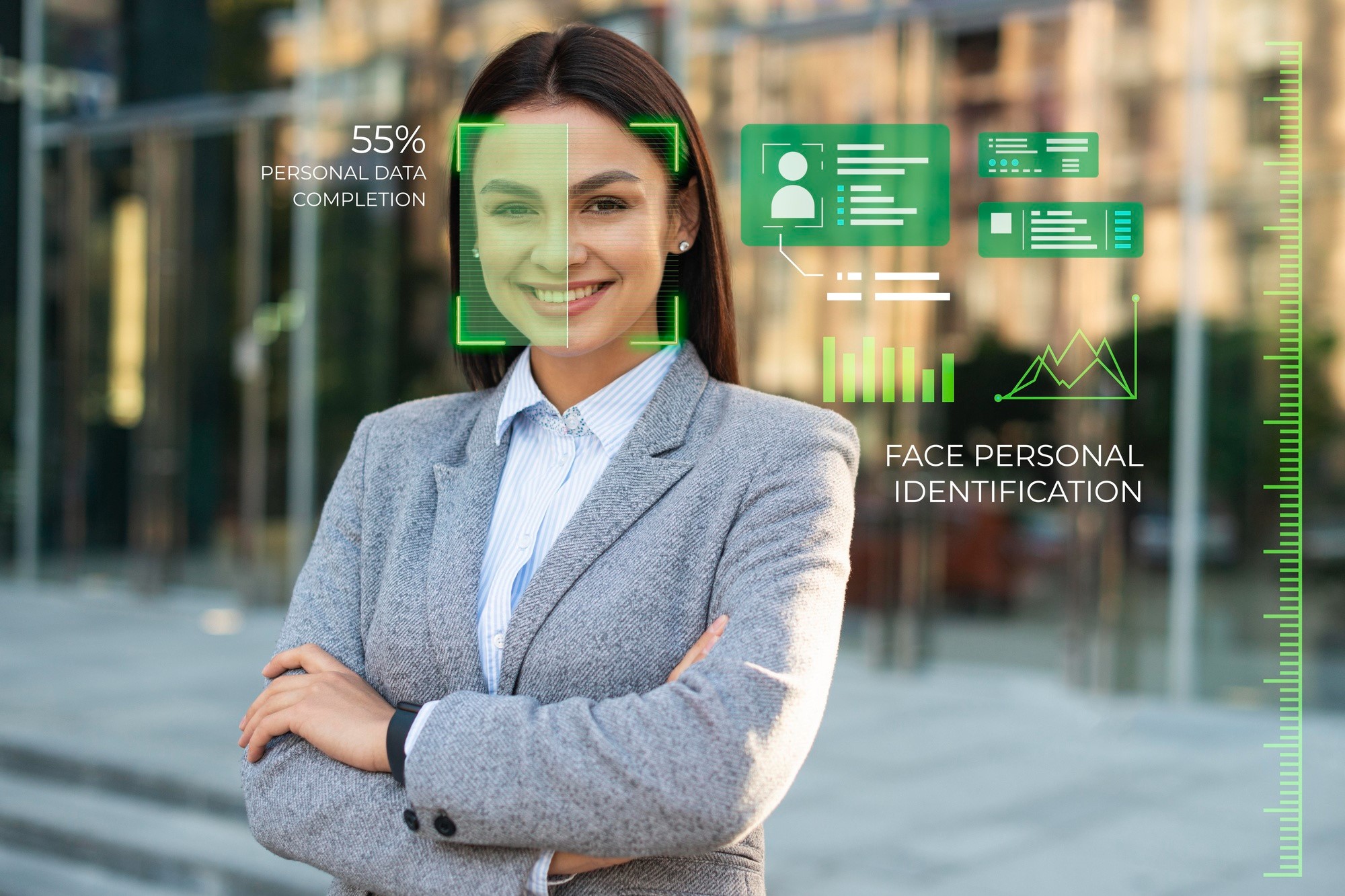In today’s fast-paced business environment, keeping track of employee activities and performance is crucial for organizational success. Employee Monitoring Software have become an integral part of modern workplaces, providing employers with insights into productivity, efficiency, and compliance.
Evolution of Employee Monitoring
Employee monitoring has undergone a significant evolution over the years. Traditionally, businesses relied on manual methods to track employee activities. This involved tedious processes such as time cards, attendance registers, and supervisor observation. While these methods provided some level of oversight, they were often time-consuming and prone to errors. Moreover, they lacked the sophistication needed to capture the complexities of modern workplaces.
With the advancement of technology, employee monitoring systems have undergone a transformation. Digital tools have replaced traditional methods, offering businesses more efficient and accurate ways to track employee behavior. Computer monitoring software, for example, allows employers to monitor employee computer usage in real-time, including websites visited and applications used. GPS tracking enables organizations with remote workers or field staff to monitor their whereabouts and ensure compliance with work schedules. Biometric authentication adds an extra layer of security by verifying the identity of employees using unique physiological traits such as fingerprints or facial recognition.
These digital monitoring tools not only streamline the monitoring process but also provide deeper insights into employee behavior and performance. By capturing data electronically, businesses can analyze patterns, identify trends, and make data-driven decisions to improve productivity and efficiency. Furthermore, the integration of these technologies into existing systems enhances overall operational effectiveness, enabling businesses to adapt to the demands of the modern workplace.
Understanding Artificial Intelligence
Artificial Intelligence (AI) refers to the simulation of human intelligence in machines that are programmed to think and learn like humans. AI has found applications across various industries, revolutionizing processes and decision-making through data analysis, pattern recognition, and automation.
The Need for AI in Employee Monitoring
While traditional monitoring systems have been effective to some extent, they often fall short in addressing the complexities of modern workplaces. AI offers advanced capabilities to analyze vast amounts of data in real-time, enabling organizations to make informed decisions and optimize resource allocation.
| Challenges | Description | Solutions |
| Inadequate Data Analysis | Traditional monitoring systems struggle to analyze the vast amount of data generated in modern workplaces. | AI-powered systems can analyze large datasets in real-time, identifying patterns and trends that may be overlooked by manual analysis. This enables organizations to gain deeper insights into employee behavior and performance. |
| Lack of Predictive Insights | Traditional systems are reactive, providing insights after the fact. | AI can predict future trends and potential risks based on historical data and real-time monitoring, allowing organizations to take proactive measures to address issues before they escalate. |
| Manual Resource Allocation | Allocating resources based on manual analysis can be time-consuming and inefficient. | AI can automate resource allocation processes by analyzing data and identifying areas where resources are needed most. This optimizes resource utilization and improves overall operational efficiency. |
| Inability to Adapt to Change | Traditional systems may struggle to adapt to changes in the workplace environment. | AI systems can continuously learn and evolve, adapting to changing workplace dynamics and ensuring that monitoring practices remain effective and relevant over time. |
These challenges and corresponding solutions highlight the limitations of traditional monitoring systems and the benefits of incorporating AI into employee monitoring practices. By leveraging AI technology, organizations can overcome these challenges and enhance their ability to monitor and manage employee performance effectively.
How AI Enhances Employee Monitoring
AI-powered monitoring systems utilize advanced machine learning algorithms to enhance the monitoring of employees in various ways. These systems can track a wide range of employee activities, from keystrokes and website visits to communication channels. By analyzing this data, AI can provide valuable insights into employee behavior and productivity levels, allowing organizations to gain a deeper understanding of their workforce dynamics.
- Tracking Employee Activities: AI can monitor various aspects of employee behavior, such as time spent on specific tasks, frequency of communication, and patterns of activity throughout the workday. This comprehensive tracking helps managers identify areas where productivity can be improved and resources allocated more effectively.
- Detecting Patterns and Anomalies: Through sophisticated data analysis, AI-powered systems can detect patterns and anomalies in employee behavior that may indicate potential issues or opportunities. For example, sudden changes in communication patterns or a decrease in productivity could signal underlying problems that require attention.
- Predictive Analytics: One of the most powerful capabilities of AI in employee monitoring is its ability to forecast future trends and risks. By analyzing historical data and real-time metrics, AI algorithms can predict potential outcomes and suggest proactive measures to mitigate risks or capitalize on opportunities.
Ethical Considerations
As organizations integrate AI into employee monitoring practices, it’s essential to consider the ethical implications of these technologies.
- Privacy Concerns: Employers must balance the need for monitoring with respect for employee privacy. Transparent communication about the types of data being collected and how it will be used is crucial to maintaining trust and morale among employees.
- Autonomy and Fairness: AI monitoring systems should be designed to respect employee autonomy and ensure fairness in evaluations. It’s essential to establish clear guidelines for the use of AI-generated data and regularly audit algorithms for biases that could result in unfair treatment.
- Transparency and Trust: Building a culture of transparency and trust is vital for successful implementation of AI in employee monitoring. Employees should feel confident that monitoring practices are fair, transparent, and aligned with organizational values.
Overall, while AI offers significant benefits for enhancing employee monitoring, organizations must navigate ethical considerations to ensure that these technologies are implemented responsibly and ethically.
Implementation Challenges
Integrating AI into existing monitoring systems can pose several challenges, including compatibility issues, data security concerns, and resistance from employees. Adequate training and education are necessary to ensure that employees understand the benefits of AI monitoring and feel comfortable with the technology. Additionally, organizations must establish clear policies and procedures for data collection, storage, and usage to comply with legal and regulatory requirements.
Case Studies
Case studies serve as real-world examples of how AI-powered monitoring systems have been successfully implemented to enhance productivity and performance in various organizations. One notable example is a multinational corporation that leveraged AI algorithms to analyze employee email communications. By employing sophisticated data analysis techniques, the company was able to detect patterns indicative of potential compliance violations, such as fraudulent behavior or breaches of confidentiality.
Through the use of AI, the corporation could monitor vast amounts of email data in real-time, identifying anomalies and suspicious activities that may have gone unnoticed through manual review. This proactive approach enabled the company to mitigate risks associated with non-compliance and maintain regulatory standards. By identifying and addressing potential issues early on, the corporation safeguarded its reputation and minimized the likelihood of legal repercussions.
Moreover, AI-powered monitoring systems provided the corporation with valuable insights into employee behavior and communication patterns. By analyzing email content, metadata, and communication networks, the company gained a deeper understanding of internal dynamics and potential areas for improvement. This data-driven approach allowed management to make informed decisions regarding resource allocation, process optimization, and employee training.
Overall, the implementation of AI-powered monitoring systems yielded tangible benefits for the multinational corporation, including improved compliance, enhanced risk management, and greater operational efficiency. This case study demonstrates the transformative impact of AI on employee monitoring and underscores the importance of leveraging technology to address complex challenges in the modern workplace.
Future Trends
Looking ahead, the adoption of AI in employee monitoring is expected to continue growing, driven by advancements in technology and increasing demand for data-driven insights. Emerging trends such as facial recognition, sentiment analysis, and remote biometric monitoring are poised to reshape the landscape of workplace surveillance. However, policymakers and industry stakeholders must work together to address concerns related to data privacy, algorithmic bias, and employee rights.
In conclusion, artificial intelligence plays a significant role in enhancing employee monitoring systems, offering advanced capabilities for data analysis, pattern recognition, and predictive analytics. While AI presents opportunities for improving productivity and efficiency, it also raises important ethical and legal considerations that must be carefully addressed. By striking a balance between monitoring objectives and employee rights, organizations can harness the power of AI to create a transparent and accountable workplace environment.
FAQs
- How does AI monitor employee activities?
- AI monitors employee activities through data collected from various sources such as computer usage, communication channels, and biometric sensors. Machine learning algorithms analyze this data to identify patterns and anomalies indicative of productivity levels and behavior.
- Are there any legal implications of using AI in employee monitoring?
- Yes, there are legal implications related to data privacy, consent, and discrimination. Organizations must ensure compliance with relevant laws and regulations such as GDPR and HIPAA to protect employee rights and mitigate legal risks.
- Can AI help prevent insider threats?
- AI can assist in detecting insider threats by analyzing employee behavior and identifying unusual patterns or deviations from normal activities. By alerting managers to suspicious behavior, AI-powered monitoring systems can help prevent security breaches and data leaks.
- What are the potential drawbacks of AI-powered monitoring systems?
- Potential drawbacks include concerns about privacy invasion, loss of employee trust, and algorithmic bias. It’s essential for organizations to address these issues through transparent policies, ethical guidelines, and employee engagement initiatives.
- How can companies ensure employee trust and acceptance of AI monitoring?
- Companies can foster trust and acceptance by involving employees in the decision-making process, providing clear explanations of monitoring objectives and practices, and ensuring transparency in data collection and usage policies.




